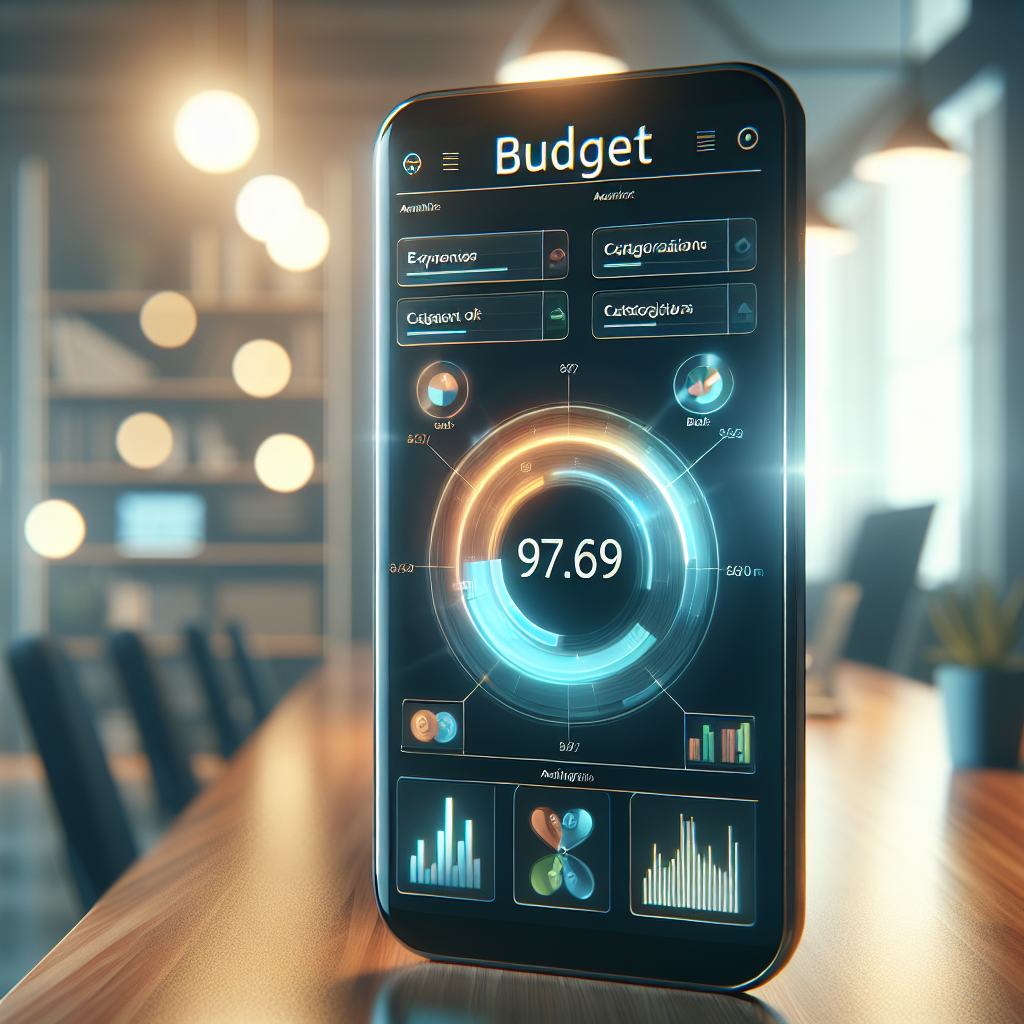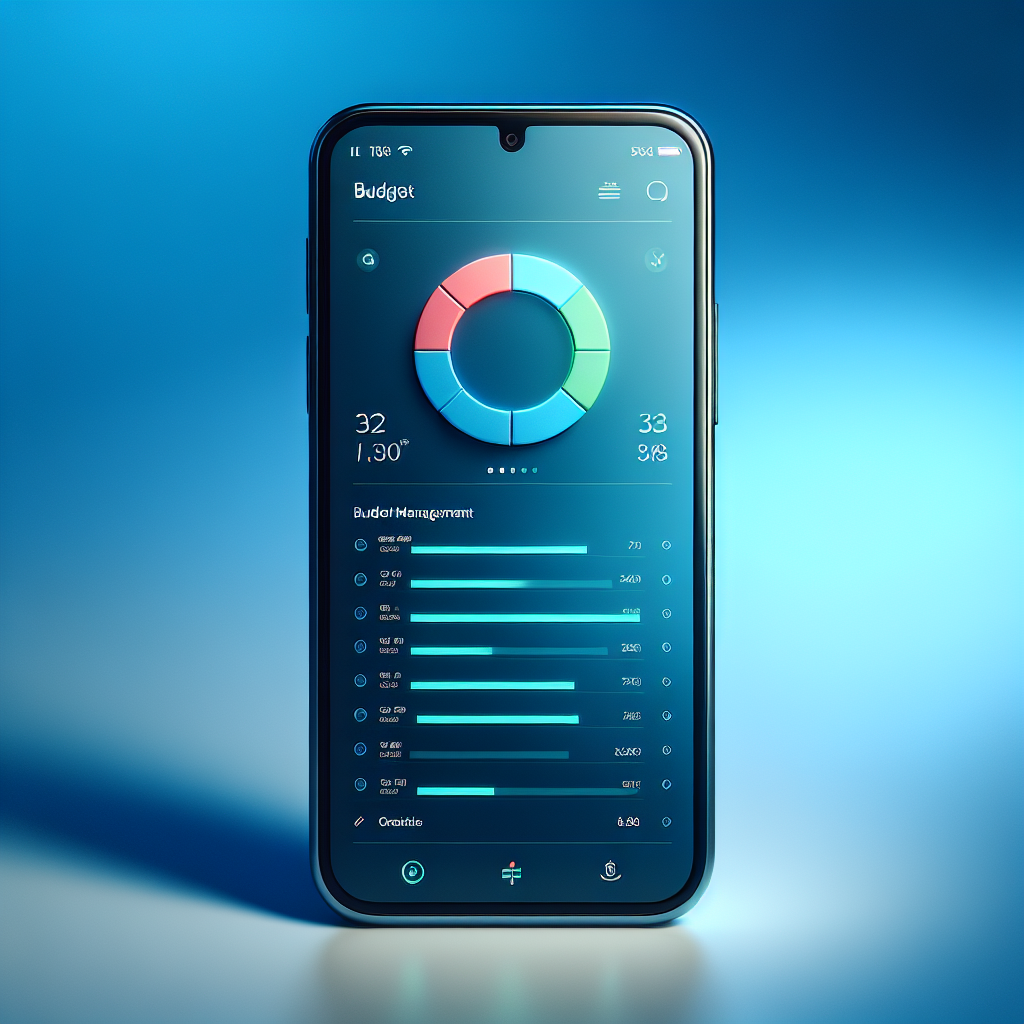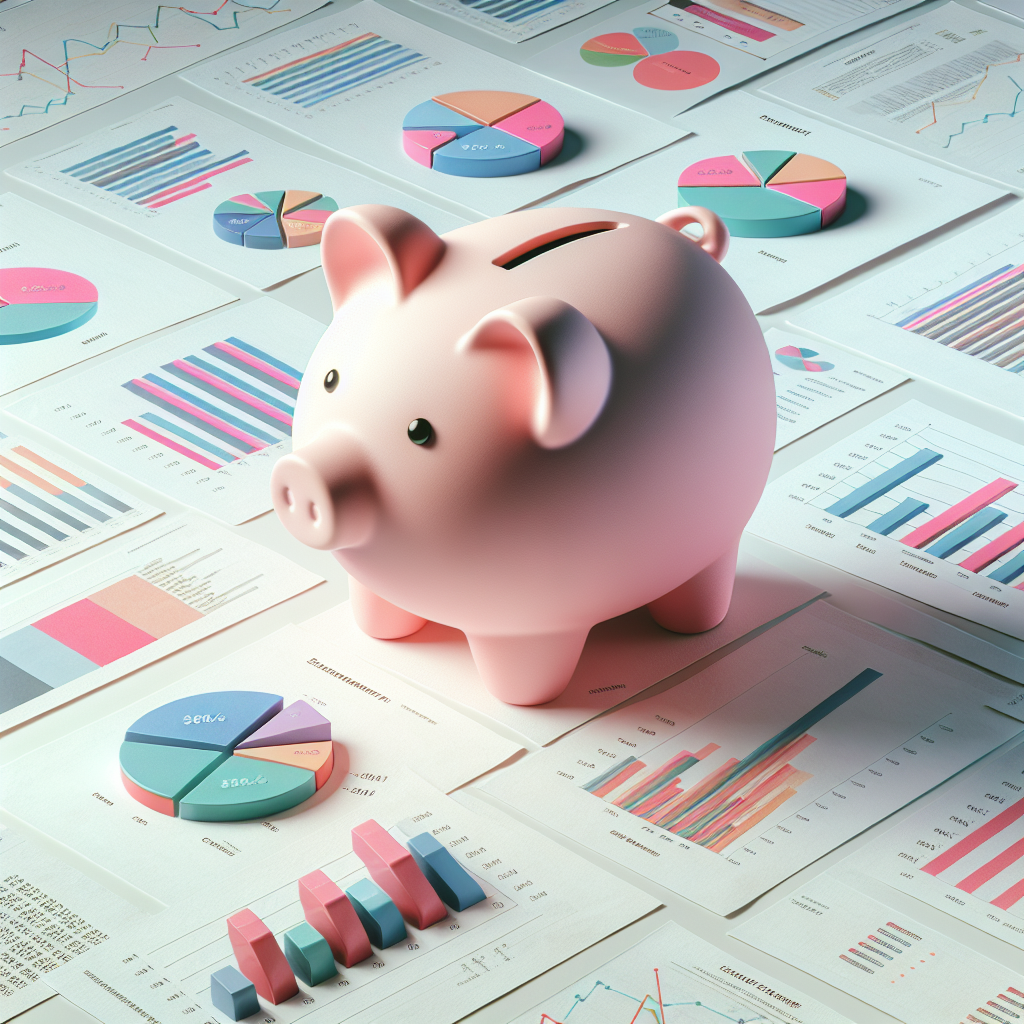Welcome to the comprehensive guide on achieving smart savings by leveraging the power of the best budget trackers available in the fintech market. In today’s fast-paced world, where financial management can often be overwhelming, the emergence of budget trackers has been a game-changer for individuals and small businesses alike. The right budget tracker can transform the way you manage your finances, making the process more efficient and less time-consuming.
Whether you’re looking to streamline your spending, save for a big purchase, or simply get a better handle on your financial life, a robust budget tracker can provide the insights and analytics necessary to achieve your objectives. These tools are designed not just to record transactions but to offer an in-depth analysis of your spending habits, helping you to identify areas where you can cut back and increase your savings.
Ready to take control of your finances and experience effortless savings?Download Vala today and start managing your budget with ease! Our platform embodies the very essence of innovation in financial technology, empowering you with a seamless experience tailored to your personal and business needs.
Essential Features Of An Effective Budget Tracker

An effective budget tracker is not just a digital ledger but a comprehensive financial assistant that empowers users to make informed decisions about their money. The essential features that set apart the best budget trackersinclude real-time transaction tracking, which allows users to see where their money is going as it happens. This immediate feedback is crucial for staying on top of spending and averting potential budget oversights.
Another critical component is the categorization of expenses. Users should be able to organize their transactions into meaningful categories, making it simpler to identify patterns and adjust spending habits accordingly. Additionally, a good budget tracker will offer customizable alerts and notifications to keep users aware of upcoming bills, low balances, or unusual spending activity, which can help prevent financial hiccups before they occur.
Insightful reports and visualizations are also vital. By turning data into easy-to-understand graphs and charts, users can grasp the broader picture of their financial health at a glance. Lastly, security cannot be overstated; the best budget trackers ensure that user data is protected with bank-level encryption and robust privacy protections. This peace of mind is invaluable when managing sensitive financial information.
Integration with financial accounts for seamless updates, and user-friendly interfaces that make navigating the app’s features straightforward, are also important for a fluid user experience. A budget tracker that embodies these features will not only help users manage their finances but also educate them on how to optimize their savings strategy over time.
Comparing Popular Budget Tracker Apps And Tools

When comparing popular budget tracker apps and tools, it’s essential to look at how each platform addresses user needs and how they stand out in the crowded market. Mint, for instance, is known for its all-encompassing approach, offering features like bill payment reminders, budgeting, credit score monitoring, and investment tracking. Its ability to provide a 360-degree view of personal finances makes it a favorite among users who want an all-in-one solution.
YNAB (You Need A Budget), on the other hand, focuses heavily on proactive budgeting and encouraging users to ‘give every dollar a job.’ This zero-based budgeting approach is designed to help users plan for expenses and grow their savings by allocating funds to specific categories ahead of time. This method has proven effective for many who need a disciplined framework to follow.
Personal Capital caters to the investment-minded individual by combining budget tracking with wealth management tools. Its dashboard offers a comprehensive view of net worth, with detailed insights into investment portfolios, making it a powerful tool for those with a mix of budgeting and investment tracking needs.
PocketGuard simplifies budget management by highlighting how much disposable income a user has after accounting for bills, subscriptions, and savings. This ‘in my pocket’ feature helps users avoid overspending and understand the actual money available for discretionary spending.
Each of these apps has a unique set of strengths, and the best budget tracker for an individual will depend on their specific financial goals, whether that’s getting out of debt, managing investments, or simply keeping a closer eye on day-to-day spending.
Maximizing Your Savings With Advanced Budgeting Techniques

Maximizing savings is not just about tracking expenses but also about employing advanced budgeting techniques that can transform one’s financial outlook. One such method is the 50/30/20 rule, which suggests dividing post-tax income into three categories: 50% for needs, 30% for wants, and 20% for savings and debt repayment. This simple framework can help prioritize financial commitments and ensure that saving is not an afterthought.
Another technique is the envelope system, a cash-based budgeting method where money is physically divided into envelopes for different spending categories. In today’s digital world, many budget trackers simulate this method, allowing users to segregate funds virtually, which can be particularly effective in controlling discretionary expenses.
For those looking to save for specific goals, the sinking fund approach is beneficial. It involves setting aside a small amount of money each month into separate savings funds allocated for future expenses such as vacations, a new car, or home repairs. This method prevents the need to dip into emergency savings or accrue debt for predictable future expenses.
Automating savings can also be a game-changer. By setting up automatic transfers to savings accounts, individuals can ensure they save a portion of their income without the need to remember to do so manually. Many budget trackers offer features to automate this process, seamlessly integrating saving into everyday financial management.
Utilizing these advanced budgeting techniques can help individuals and small businesses alike build a robust savings cushion, and when combined with an effective budget tracker, can lead to significant financial growth and stability over time.
Personalizing Your Budget Tracker For Optimal Use

Personalization is key when it comes to optimizing the use of any budget tracker. Users should be able to tailor their budgeting tool to fit their unique financial situations and goals. Customization options can range from creating individual categories for expenses to setting up specific alerts for approaching budget limits.
To truly make the most of a best budget tracker, users should start by examining their spending habits and income streams. This initial step provides valuable insights that can guide the customization of the budgeting platform. For instance, if dining out is a significant monthly expense, creating a separate category for it allows for more precise tracking and budget control.
Moreover, setting up personalized notifications is a powerful feature that helps users stay on track. Receiving an alert when nearing a spending limit in a particular category can prompt a review of expenditures and help avoid overspending. These notifications can be customized to occur daily, weekly, or monthly, depending on the user’s preference and the flexibility of the budget tracker.
Another aspect of personalization involves integrating various financial accounts into one platform. This holistic view enables users to see the bigger picture of their financial health. By linking checking, savings, and credit card accounts, as well as loans and investments, users can monitor all their finances in real-time, making it easier to make informed financial decisions.
Finally, many budget trackers allow for goal setting, which can be a motivating factor for users. Whether saving for a down payment on a house or planning a dream vacation, setting specific, measurable, attainable, relevant, and time-bound (SMART) financial goals within the budgeting tool can provide the focus and discipline needed to achieve them.
By personalizing their budget tracker, users can create a more engaging and effective financial management experience that is tailored to their needs, helping them to manage their finances more effectively and reach their financial objectives with greater ease and precision.
Moving Beyond Tracking: Tips For Sustainable Financial Health
While having a robust system for tracking expenses is crucial, achieving sustainable financial health requires a more comprehensive approach. Here are some valuable tips to ensure that your financial wellness extends beyond the realms of mere tracking:
- Begin by setting clear financial goals. Whether it’s building an emergency fund, reducing debt, or saving for retirement, having concrete objectives provides direction and motivation.
- Commit to regular financial check-ins. Schedule weekly or monthly reviews of your budget and progress towards your goals. This habit ensures that you stay on track and can adjust as needed.
- Focus on reducing high-interest debt. Prioritize paying off credit cards and loans with the highest rates first to minimize interest payments and free up more money for savings.
- Seek opportunities to increase your income. Consider side hustles, freelancing, or asking for a raise at work to boost your earning potential.
- Invest in your financial education. Understanding the basics of personal finance, investments, and taxes can empower you to make smarter decisions with your money.
These strategies, when combined with a personalized and intuitive budget tracker like Vala, can significantly enhance your ability to manage finances and achieve long-term financial stability. Embracing these practices will not only improve your current financial situation but will also pave the way for a prosperous future.
Ready to take control of your finances and experience effortless savings?Download Vala today and start managing your budget with ease! With Vala’s cutting-edge technology and personalized solutions, you’re equipped to make informed decisions, reach your financial milestones, and maintain a healthy financial ecosystem. Visit https://www.valapoint.com to embark on your journey toward sustainable financial health.







